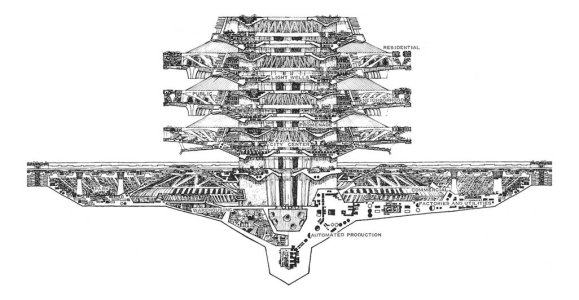Personally, as a Land Planner, I would design a million person city as 2000 x 500 person (2000 dT) modules all permanently interconnected so that if a module fails the 4,000,000 dT combined structure only has 3,998,000 dTons of lift and will begin to fall at 1/2000 G (0.005 m/s2). If it normally floats at an altitude of 1 km, that leaves about 10 minutes to effect repairs or hit the water at 3 m/s velocity (the equivalent to a 0.45 meter fall at 1 G). So the city only needs to be strong enough to survive a 0.5 meter fall (people will already survive a 0.5 meter fall).Again, this depends on how you think of a city. Is it relatively horizontal, like a small town? Failures can be isolated.
Are we talking about New York City, where it'd be massively vertical as well? If the latter, what happens when the lifters in an upper-level module fail and it crashes through a few other modules on the way down?

Your analysis is correct for building gossamer structures that are not self supporting without Grav tech (like free floating floors with no support structures) … but I am not proposing that.
